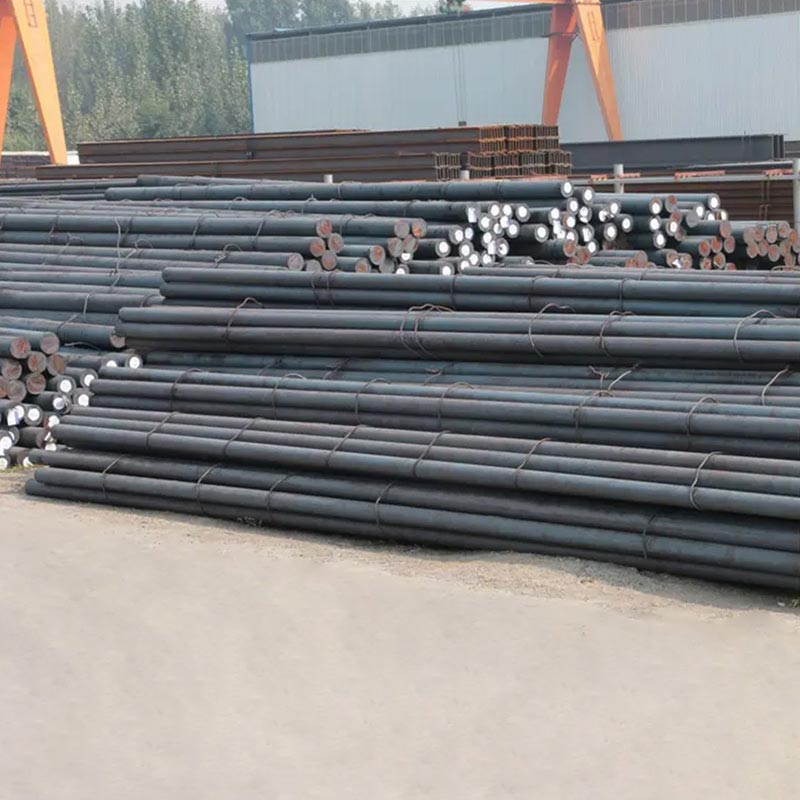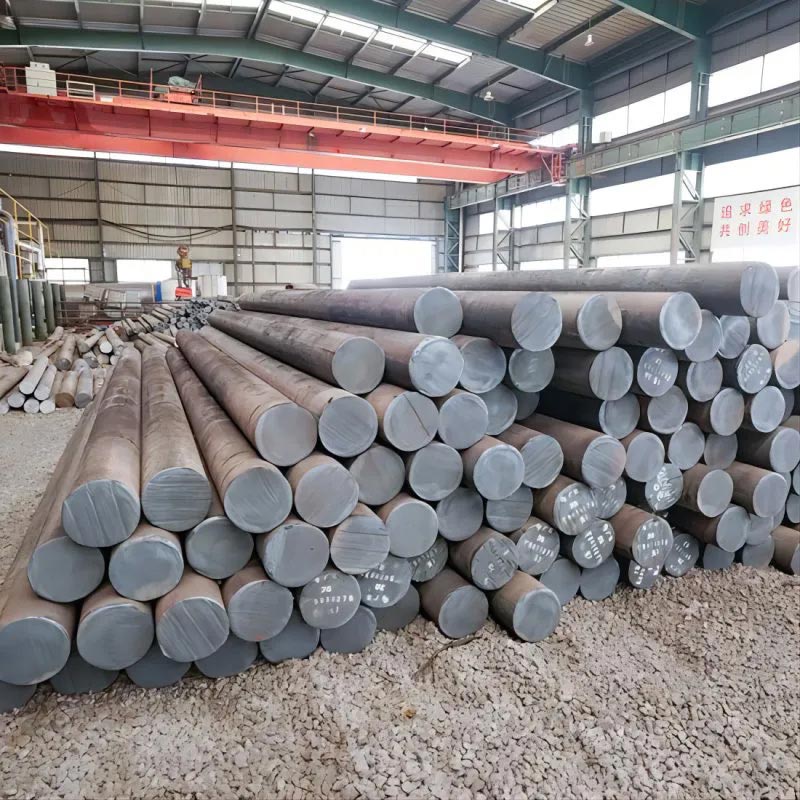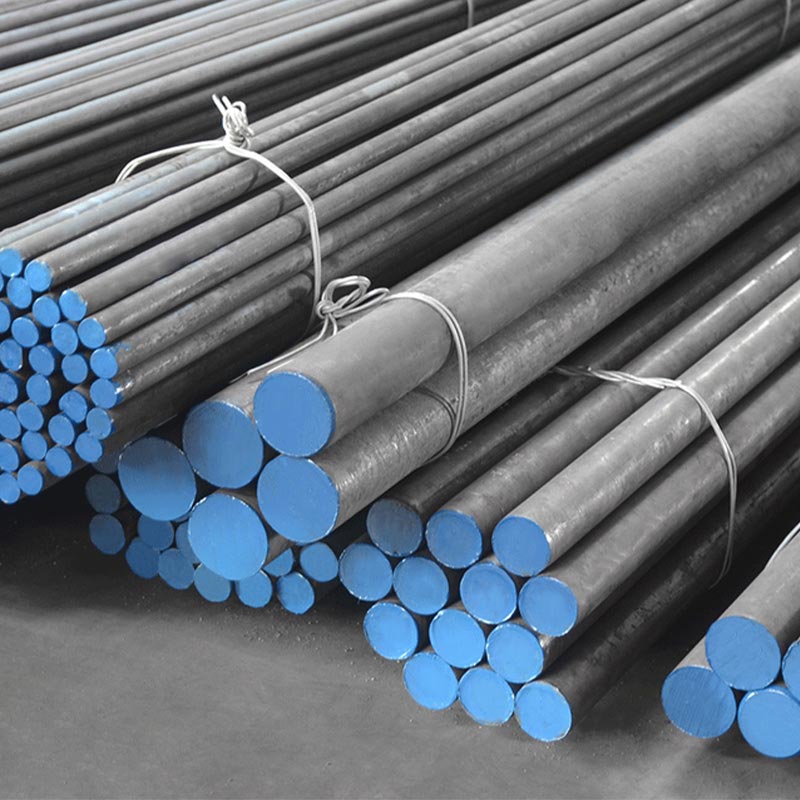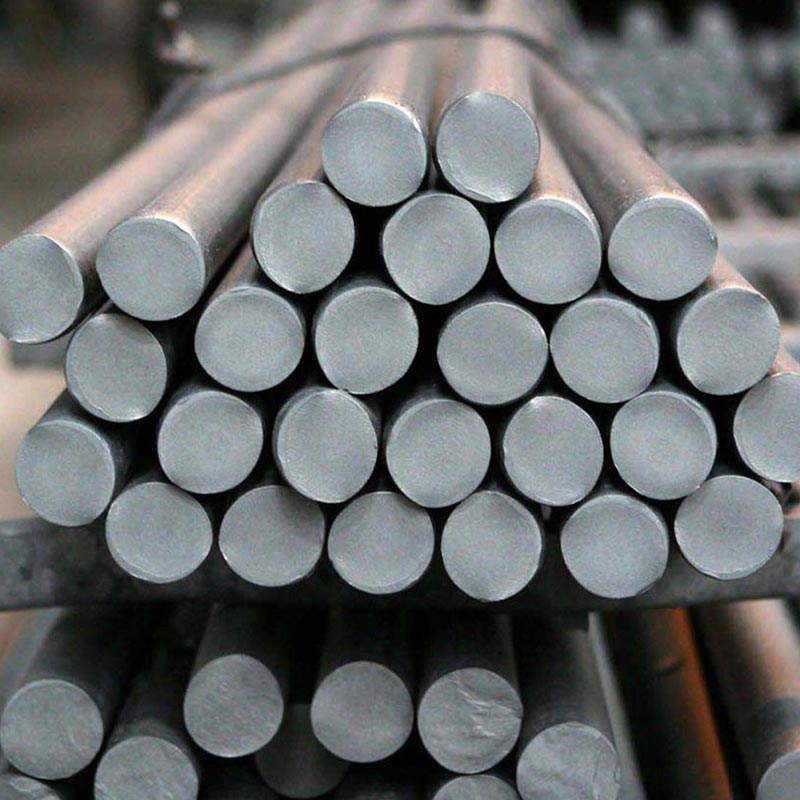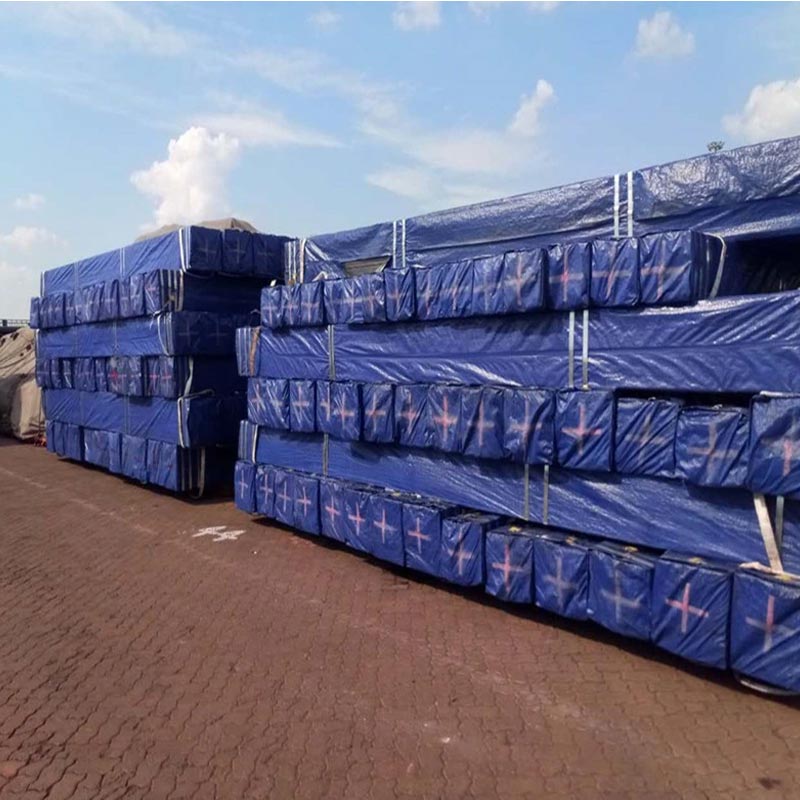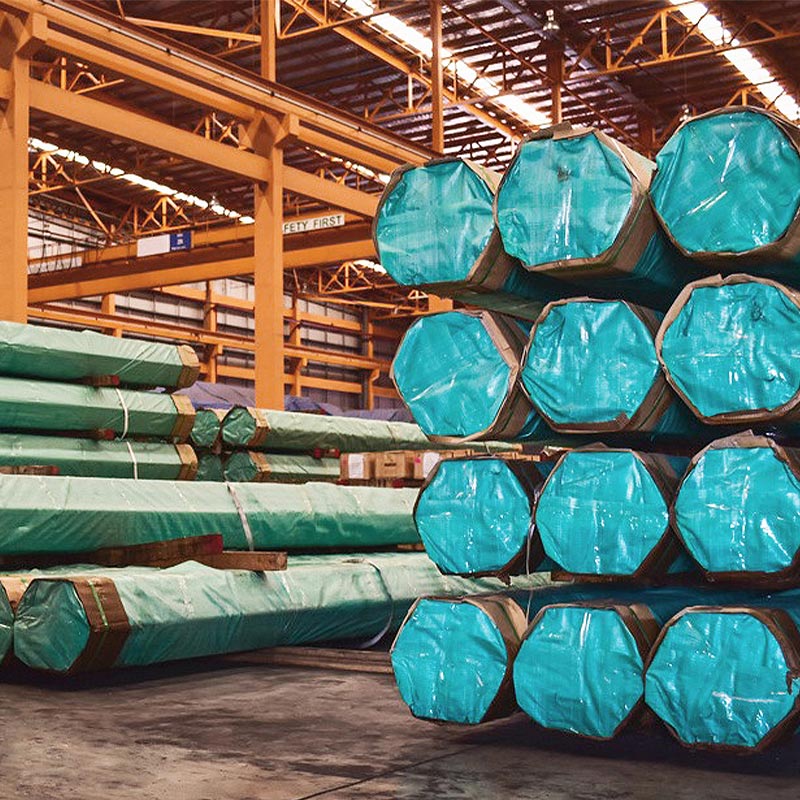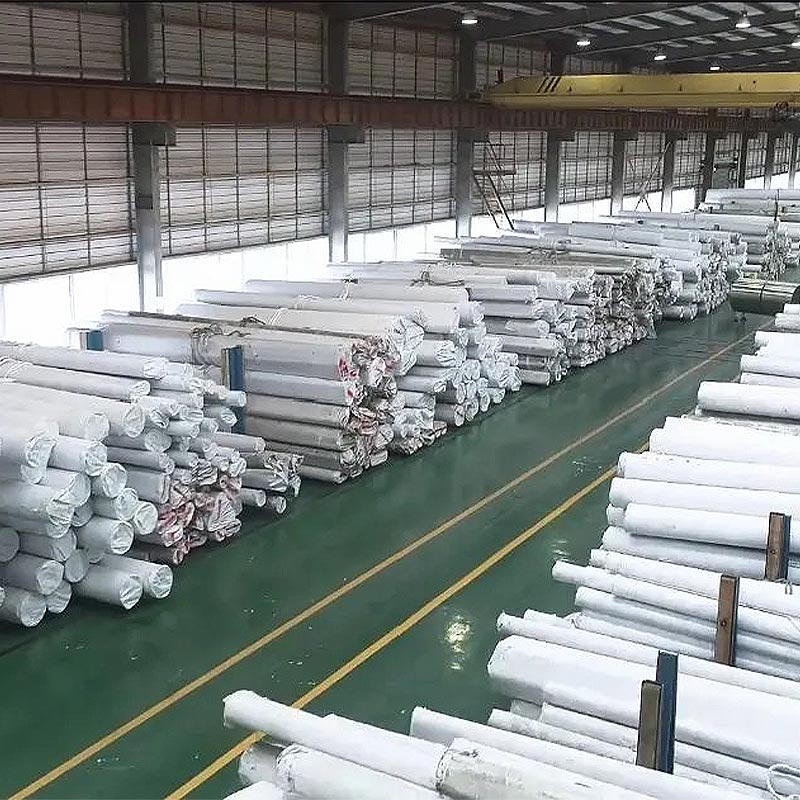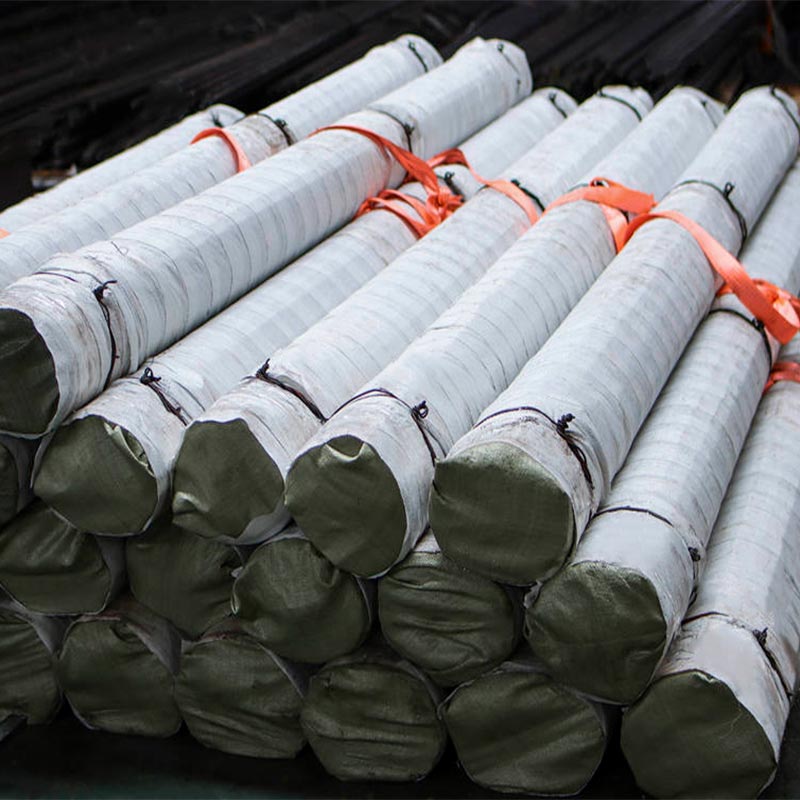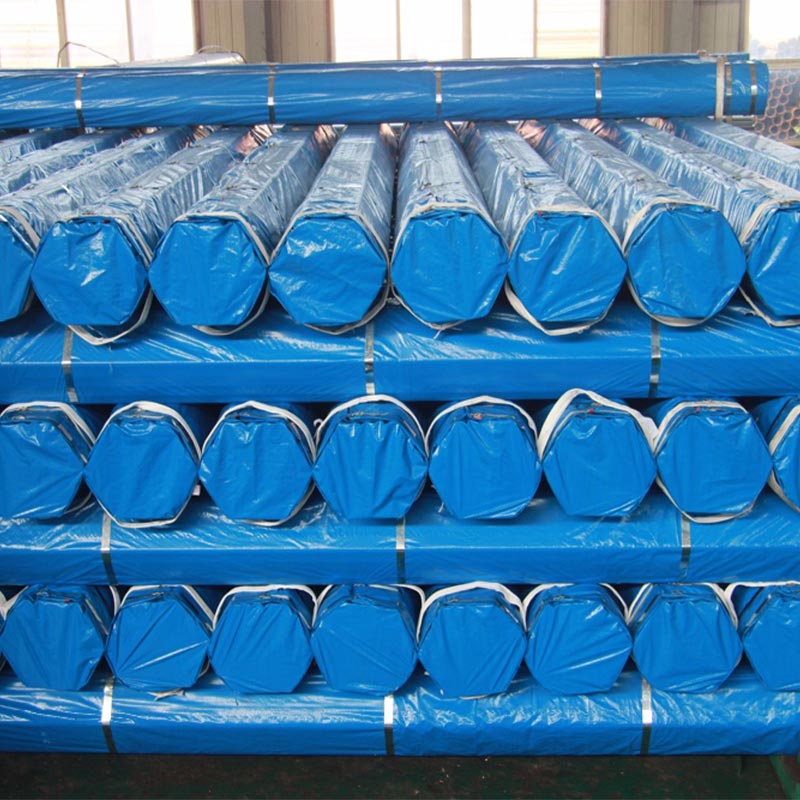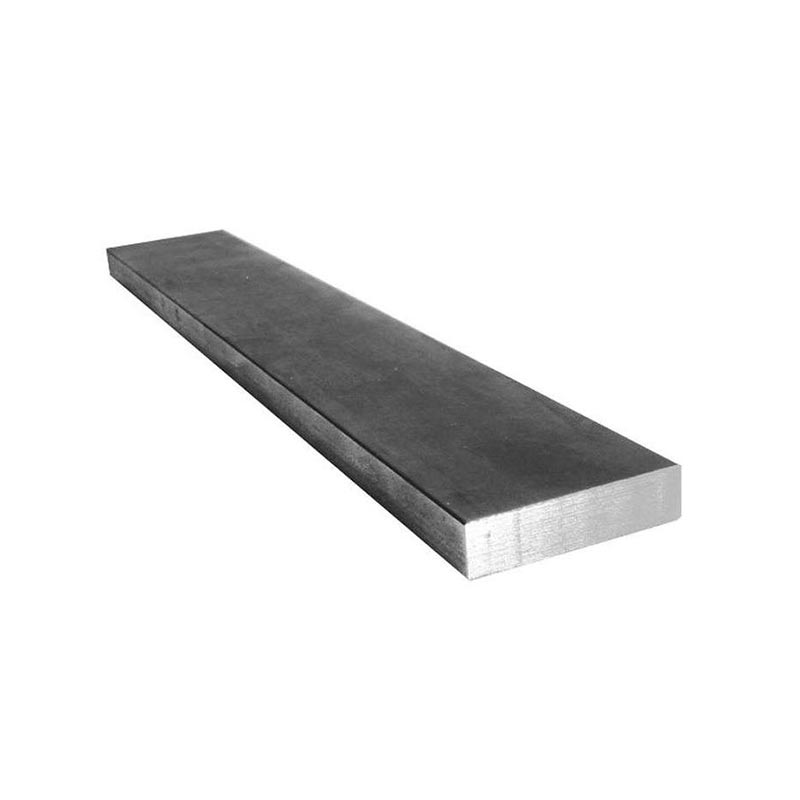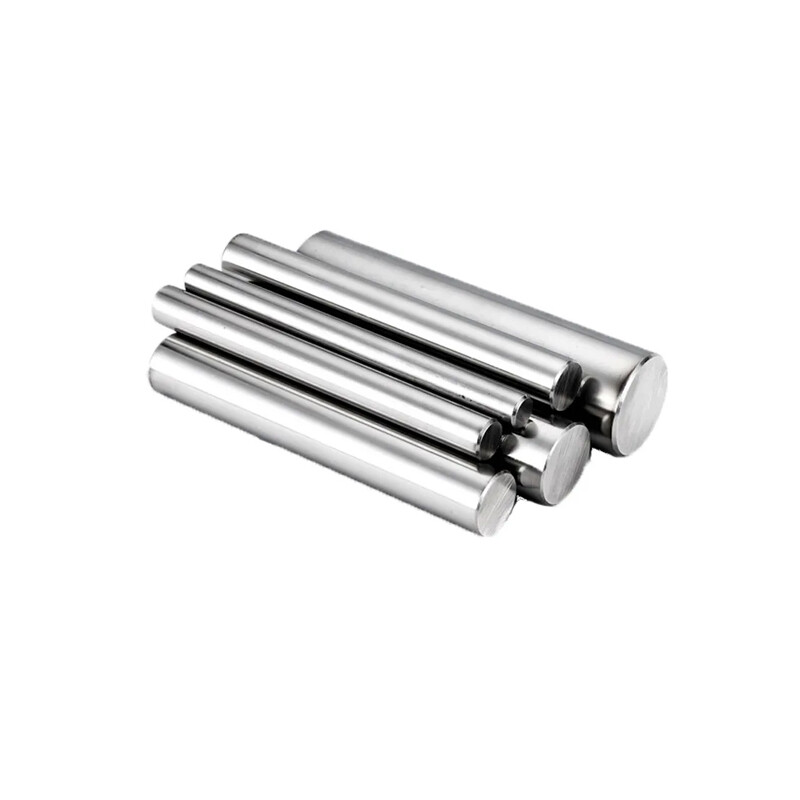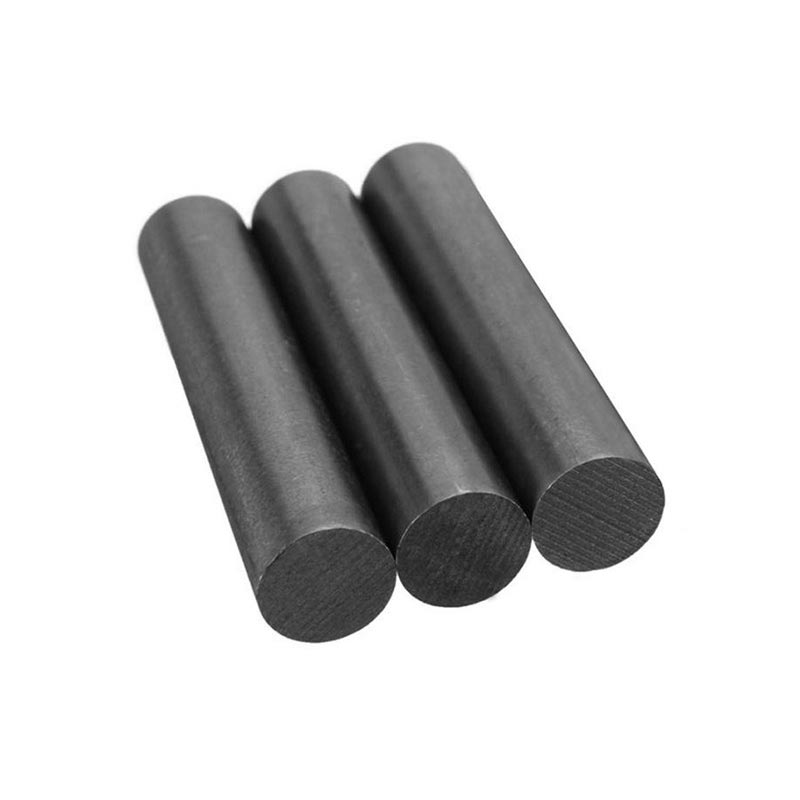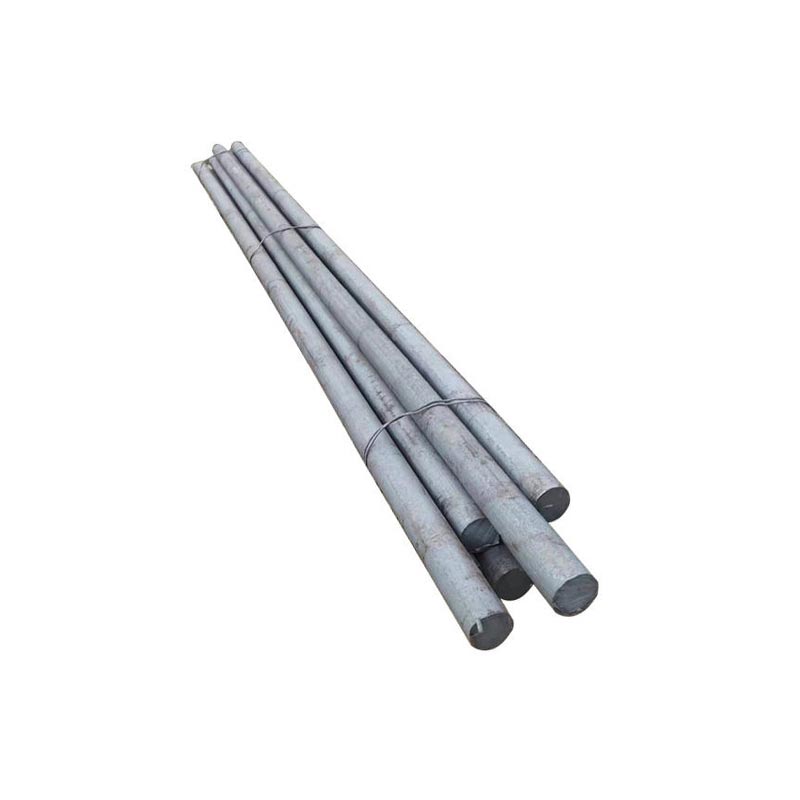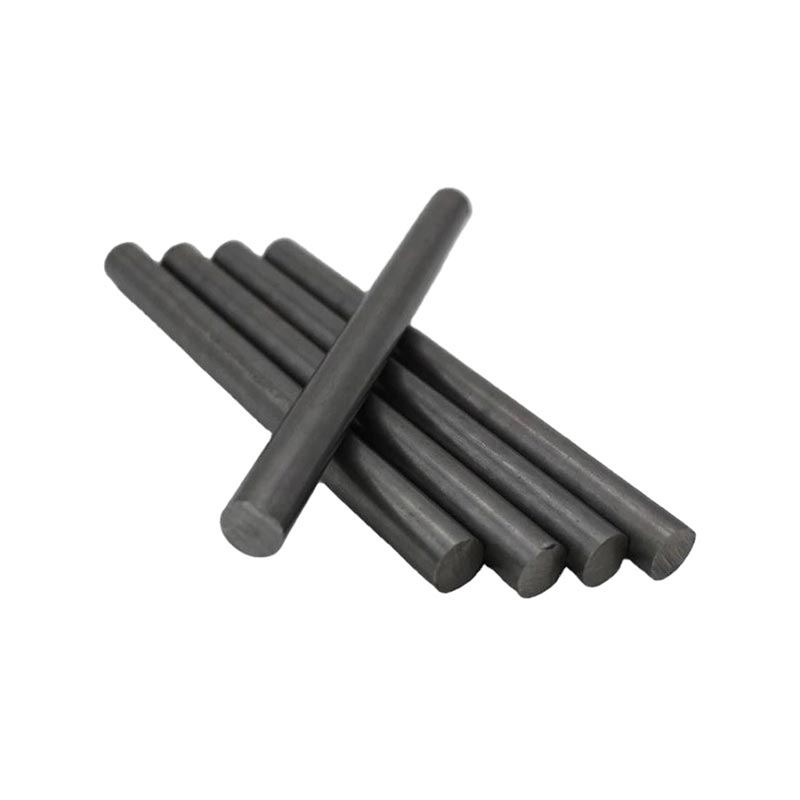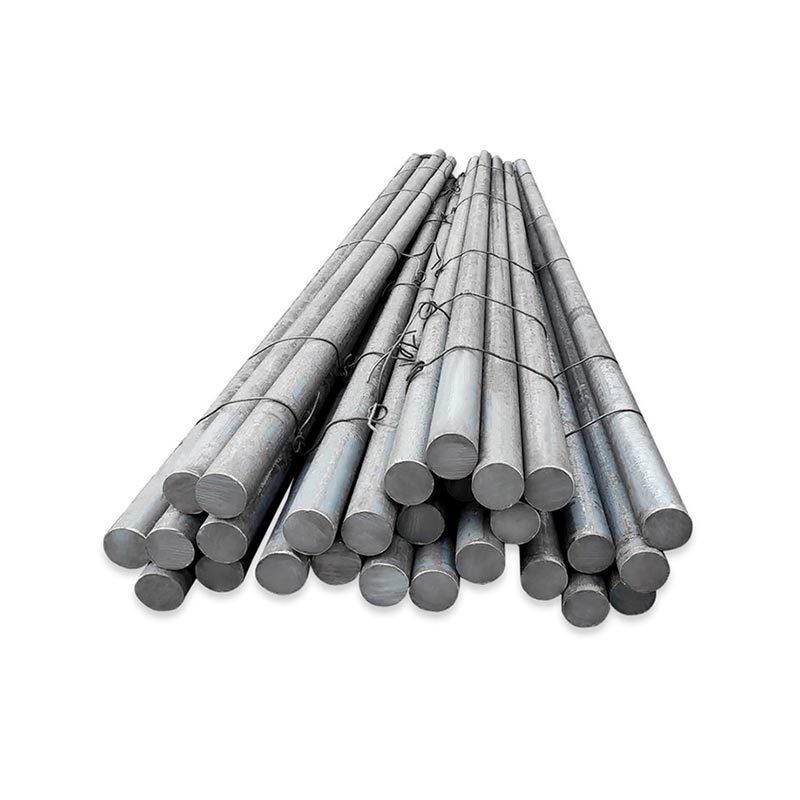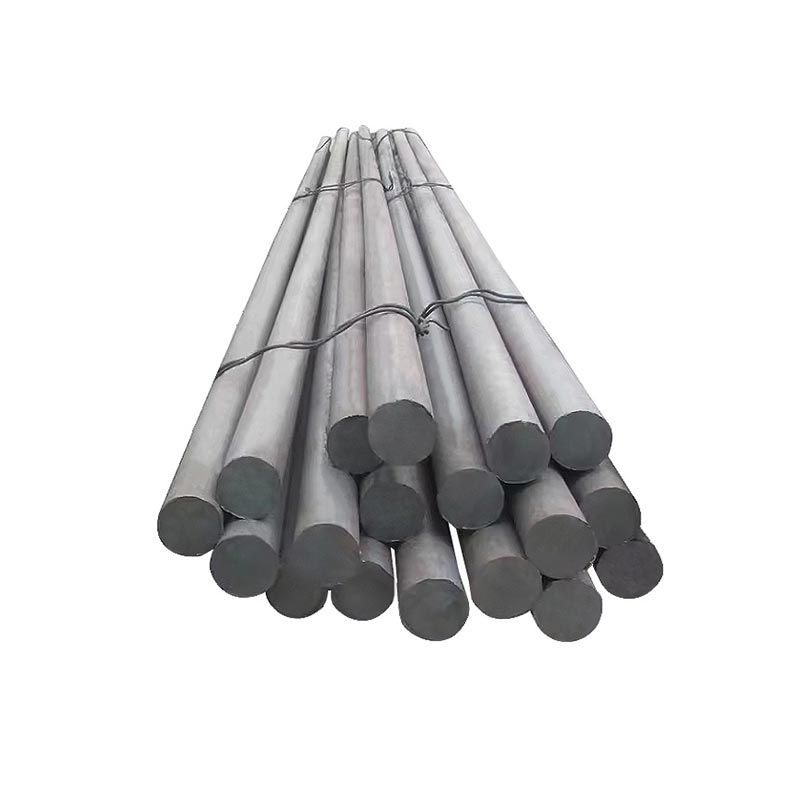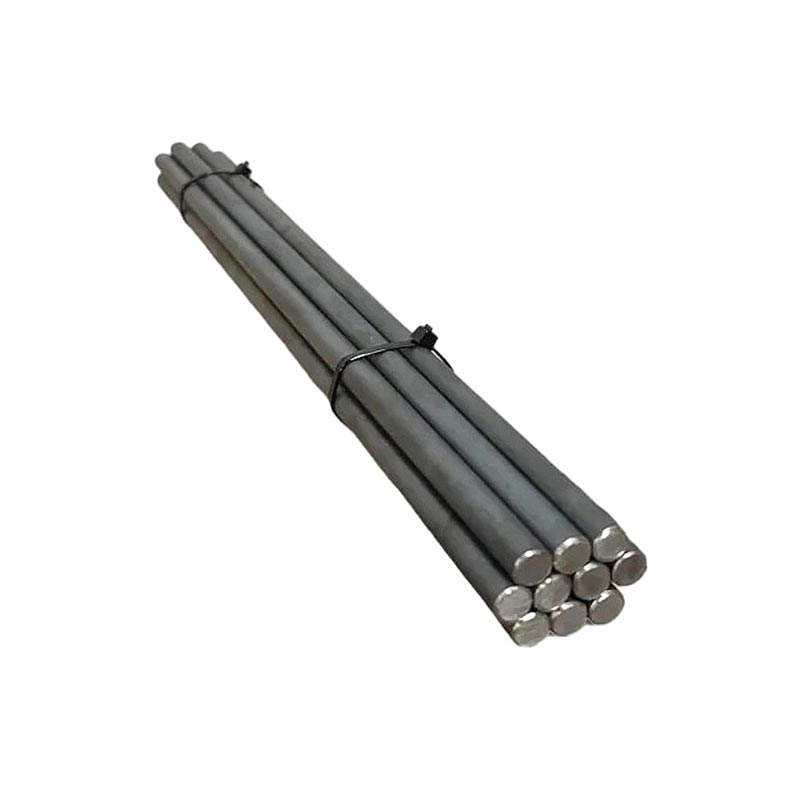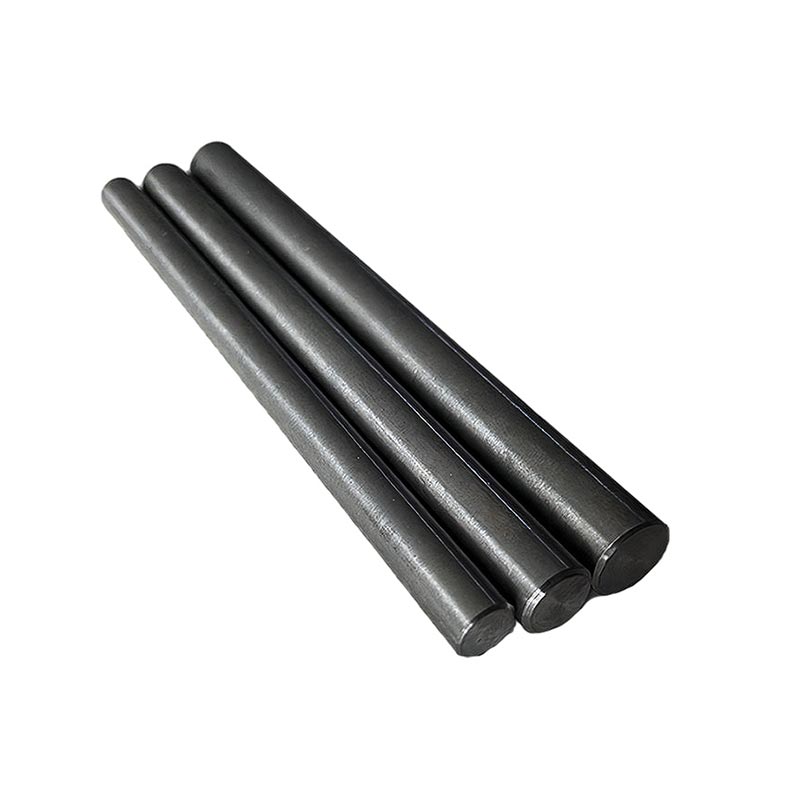Carbon Steel Bar
● A carbon steel bar is a solid, elongated rod made from carbon steel—an alloy of iron and carbon, with minimal other elements. Classified by carbon content (low, medium, high), it varies in strength and ductility.
● Low-carbon bars (e.g., A36) are ductile and weldable, used in construction or fasteners. Medium-carbon types balance strength and toughness, ideal for machinery parts. High-carbon variants are hard and wear-resistant, suited for tools or springs.
● Available in shapes like round, square, or hexagonal, they come in various lengths and diameters. Widely used in manufacturing, construction, and engineering, these bars serve as raw material for fabrication, structural support, or component production.
View Video
A572 Carbon Steel Bar
A572 carbon steel bar is an ASTM-standard high-strength low-alloy (HSLA) material, available in grades 42, 50, 55, 60, and 65 (yield strengths matching the numbers in MPa). It offers superior strength compared to A36, with good weldability and formability. Ideal for heavy-duty structural applications like bridges, buildings, and machinery, it balances durability and weight efficiency. Its high strength-to-weight ratio reduces material usage, making it cost-effective for large-scale projects requiring robust performance under heavy loads.
Get A Quick Quote!
You Can Leave Us A Message
or Send Us An Email!
Product Details
Product Parameters
Packaging and Transportation
Related Products
Leave Us Message
Please give us a message
What are you lookking for?


